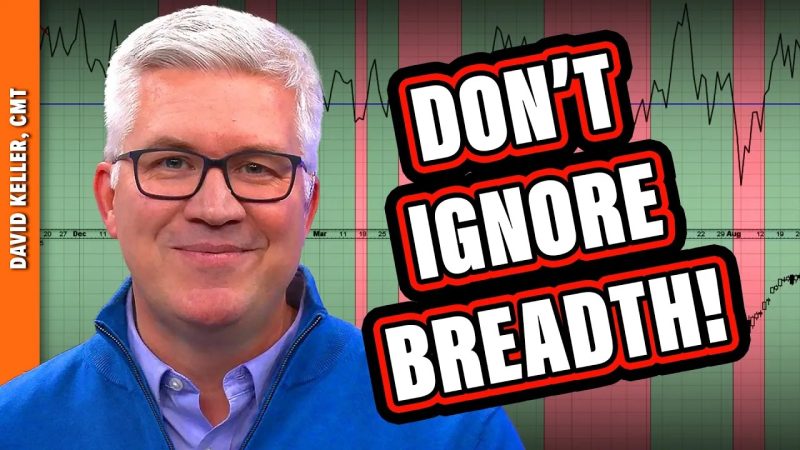Breadth indicators play a crucial role in assessing the health and direction of the market. They provide valuable insights into market conditions by measuring the participation and strength across various stocks or sectors. In this article, we will explore five essential breadth indicators that should not be overlooked by any serious investor or trader.
1. Advance-Decline Line (ADL)
The Advance-Decline Line is one of the oldest and most widely used breadth indicators. It calculates the difference between the number of advancing stocks and declining stocks on a given day. By tracking the ADL, investors can gauge the overall strength of the market. A rising ADL indicates a broad-based rally, while a declining ADL suggests weakness in the market.
2. New Highs – New Lows
The New Highs-New Lows indicator compares the number of stocks hitting new highs versus new lows over a certain period, typically 52 weeks. A high number of new highs relative to new lows signals a healthy market, indicating widespread bullish sentiment. On the other hand, a high number of new lows may be a warning sign of potential market weakness.
3. McClellan Oscillator
The McClellan Oscillator measures the difference between the number of advancing and declining issues on the NYSE. It helps investors identify overbought or oversold conditions in the market. Positive values indicate buying pressure, while negative values suggest selling pressure. Traders often use the McClellan Oscillator to spot potential trend reversals.
4. Bullish Percent Index (BPI)
The Bullish Percent Index tracks the percentage of stocks in a particular index or sector that are currently on a buy signal. It provides a broad measure of market sentiment and helps investors assess the overall health of the market. A high BPI reading indicates bullish sentiment, while a low reading suggests caution.
5. Arms Index (TRIN)
The Arms Index, also known as the TRIN (Trading INdex), measures the relationship between advancing and declining issues and the volume associated with them. A TRIN value above 1 indicates selling pressure, while a value below 1 suggests buying pressure. Extremely high or low TRIN readings may signal short-term market extremes.
In conclusion, breadth indicators are essential tools for investors and traders to analyze market breadth and sentiment. By monitoring these five key indicators – Advance-Decline Line, New Highs-New Lows, McClellan Oscillator, Bullish Percent Index, and Arms Index – market participants can gain valuable insights into market conditions and potentially make more informed trading decisions. Incorporating these breadth indicators into your analysis can provide a comprehensive view of market internals and help you navigate the complexities of the financial markets more effectively.

